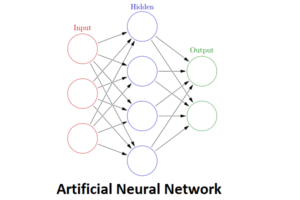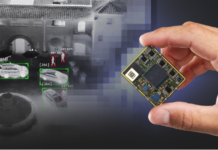
Artificial Neural Network can be defined as an information paradigm which is inspired through the way biological nervous system, like the brain, process information. Only the most basic function of the brain is replicated by this model. The main element of this paradigm is the novel structure of its information processing system. It’s built from large number of highly interconnected elementary processing device called neurons working in union for solving particular problems.
Artificial Neural Network System such as a people learns through example.
For a specific application like data classification and pattern recognition, an ANN is configured through learning. Learning in biological system involves changes to synaptic connection which lies between the neurons. The organization and weights of the interconnections is used to find the output. A neural Network is a massively parallel-distributed processor which contains a natural propensity for storing experimental knowledge and making it available for use. Today’s designed neural networks are statistically quite accurate but will still leave their users with a bad taste. We can also define neural networks as parameterized computational nonlinear algorithms for image, signal and data processing.
Characteristics of Artificial Neural Networks
- The ANNs exhibit mapping capabilities; that is, they can map input patterns to their associated output patterns.
- The ANNs learn by example. Thus, Neural Network architectures can be trained known examples of a problem before they are tested for their ‘inference’ capability on unknown instances of the problem. They can therefore, identify new objects previously untrained.
- The ANNs possess the capability to generalize. Thus, They can, predict new outcomes from past trends
- The ANNs are robust systems and are fault-tolerant. They can, therefore, recall full pattern from incomplete, partial or noisy patterns.
- The ANNs can Process information in parallel, at high speed and in a distributed manner.
Application of Artificial Neural Networks
- Pattern recognition 2. Pattern Matching
- Character recognition 4. Image Processing
- Weather forecasting 6. Signature verification
- Face recognition 8. Robot control
- 9. Vector quantization 10. Function approximation



















